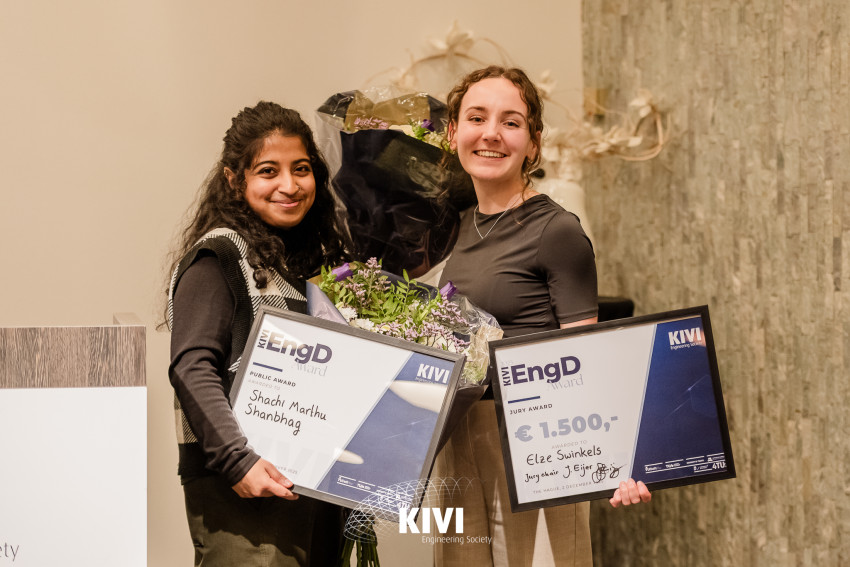
The whole professional literature has been abuzz recently about zero gap technology. About how chlorine production is going to use 10% less energy and how wonderful that is for the environment (as if it is not obvious that that goes hand in hand).
The whole professional literature has been abuzz recently about zero gap technology.
About how chlorine production is going to use 10% less energy and how wonderful that is for the environment (as if it is not obvious that that goes hand in hand). The big news of course was its recent application in the Rotterdam plant of AKZO (their plant in Frankfurt has used it since 2014)
But what IS it?
Only Process Worldwide (a very worthwhile website to visit from time to time) had something technologically relevant to say on the subject, even if only in a sidebar:
The key detail of the [ThyssenKrupp Uhde’s] 6th generation cells is the zero–gap design, produced by a fine-meshed network of finely woven nickel threads. The elastic nickel element is laid flat on the nickel network, which acts as the cathode, and the membrane is placed directly on top. Finally, all elements are bound tightly together, with a new roller system gently applying the pressing force onto the membrane. Electricity consumption falls, the electricity is distributed evenly across the membrane and the flow of chlorine gas bubbles produced within the single cell does not come to a standstill.


